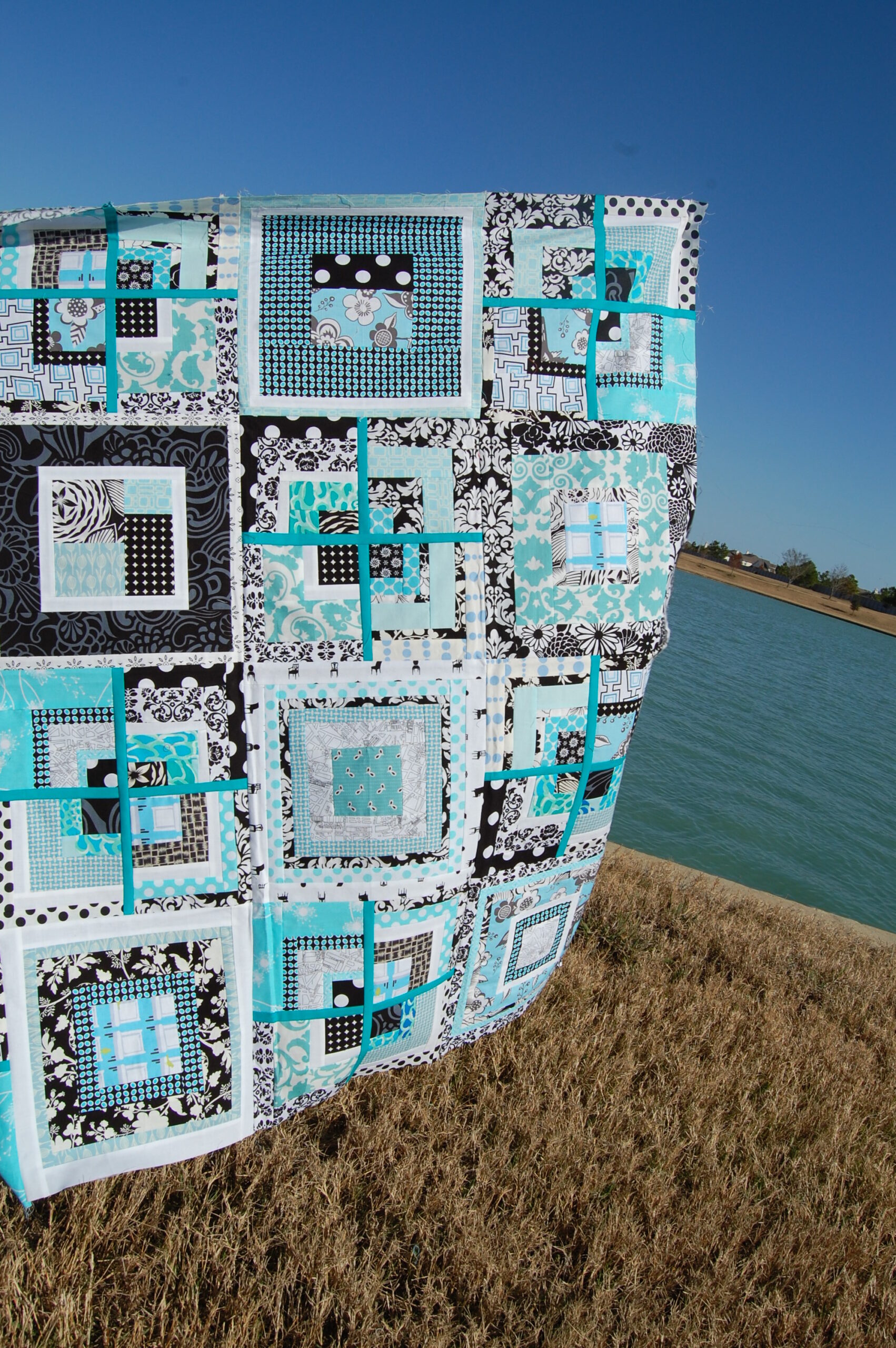Top Picks for the Best Irons Perfect for Quilting Projects and Techniques
Select a high-quality steam appliance that features a precise temperature control. This allows for the versatile treatment of various fabric types, ensuring optimal results without damage. A model with a longer cord provides better maneuverability, reducing the hassle of limited reach during work.
Consider a design that incorporates a pointed tip for easy navigation around seams and tight corners. This detail is particularly beneficial for intricate patterns, enabling you to press accurately without disturbing surrounding fabric layers.
Models with a lightweight structure are advantageous for prolonged use, helping to minimize fatigue. Opt for one equipped with a built-in steam function that can be activated on demand, allowing for quick touch-ups and efficient crease removal.
Effective maintenance is essential; look for a unit with a non-stick soleplate to facilitate easy cleaning. A removable water tank simplifies refilling and reinforces the convenience of the ironing experience.
Prioritize options that offer safety features such as automatic shut-off mechanisms, providing peace of mind during extended sessions. These elements not only enhance the user experience but also reduce risks associated with prolonged heating.
Choosing the Right Iron for Different Fabric Types
Cotton requires a steam feature with high heat to remove wrinkles effectively. A model with a precision tip facilitates working around seams and curves. Look for options that allow full temperature control to adapt to various cotton blends.
Synthetic fabrics, such as polyester or nylon, need a lower heat setting. Choose an appliance with a good steam output while ensuring it can prevent damage through adjustable temperatures. Non-stick soleplates are beneficial for these materials.
Linen benefits from a robust steam output and high temperature; choosing a unit with a sturdy soleplate helps to press this sturdy fabric without burning it. A wider surface area increases coverage for large pieces.
Silk needs caution; a low heat setting is crucial to prevent scorching. Opt for a lightweight model with precise temperature control and a steam burst feature for optimal results.
For denim, high heat and steam penetration are necessary to tackle the thick layers. A robust product designed for heavy fabrics often includes a pointed tip for detailed maneuvering through seams.
Features to Look for in a Quilting Iron
Prioritize a lightweight design for easy maneuverability, especially during long sewing sessions. A comfortable grip enhances control, reducing hand fatigue.
Consider models with a steam function, allowing for effective crease removal. Adjustable steam settings enable customization based on fabric types.
Choose a pointed soleplate for precision in tight corners and intricate details. A smooth surface ensures effortless gliding over fabrics.
Look for temperature control features, enabling appropriate heat levels for various materials, from delicate silk to thick cotton.
Evaluate the size of the water tank; larger capacities minimize refills, promoting uninterrupted work.
- Quick heat-up times save valuable sewing minutes.
- Automatic shut-off provides safety when the tool is left unattended.
- Anti-drip technology prevents water leakage during use.
- Vertical steam option allows for steaming hanging garments or fabric layers.
Lastly, consider portability features such as cord length and storage options, enhancing convenience for transporting or stowing away.
Steam vs. Dry: Which Setting is Best for Quilting?
For precision in fabric preparation, the steam setting is typically preferred. Utilizing steam helps eliminate stubborn creases and enhances the fabric’s drape. When working with multiple layers or intricate designs, steam ensures the materials lie flat, facilitating accurate sewing and piecing.
Steam Setting Advantages
- Effectively removes wrinkles and creases.
- Enhances fabric flexibility, making manipulation easier.
- Assists in setting seams for sharper results.
Dry Setting Advantages
- Prevents water stains on delicate fabrics.
- Provides control over fabric feeding, reducing slipping.
- Great for heat-sensitive materials that may distort with moisture.
| Feature | Steam Setting | Dry Setting |
|---|---|---|
| Wrinkle Removal | Excellent | Good |
| Fabric Drape | Enhanced | Minimal |
| Control | Moderate | High |
| Best For | Thicker layers, blended fabrics | Delicates, bias edges |
Selecting between steam and dry settings depends on project specifics. For heavier fabrics or those needing precise shaping, steam shines. Opt for dry when working with finer textiles that require careful handling. Understanding the nature of materials in use will guide the choice between these two methods.
Portability and Weight Considerations for Quilting Irons
Choose lightweight models weighing between 2 to 4 pounds for easy transport. These are ideal for classes or retreats. Look for compact sizes that fit in most sewing bags without taking too much space.
Power vs. Portability
A balance between power and ease of transport is key. Select steam generators with high wattage for quick heating but ensure they maintain a manageable weight. Consider adjustable steam settings to maximize versatility in different fabrics.
Accessories and Features
Check for features like retractable cords and built-in safety mechanisms, which can enhance mobility. Some models come with carrying cases or travel pouches that provide added convenience. A non-stick soleplate can also contribute to smoother movements on various materials.
Maintaining Your Iron for Long-lasting Performance
Regular cleaning of the plate is essential. Use a mixture of baking soda and water to form a paste. Apply it to the cold soleplate, let it sit for about 10 minutes, and wipe it off with a soft cloth. This will remove residues that can stick to your fabric.
Descaling Your Tool
Periodically check the steam vents for mineral build-up. Depending on usage, descaling every few months is advisable. Fill the tank with equal parts vinegar and water, then let it steam for several minutes. Follow this by running plain water through to cleanse any residual vinegar.
Proper Storage
Always store your device in an upright position once it cools down. Using a protective cover during storage prevents dust accumulation, keeping it ready for use. Avoid placing objects on top, as this can cause damage to the soleplate.
Top Recommended Irons Specifically for Quilters
Allocate budget for the Rowenta DW5080 Focus Steam Iron. Its precision tip aids in reaching tight corners and seams. The anti-drip system prevents water leakage at lower temperatures, ensuring a clean workspace.
Consider the Oliso TG1600 Pro Smart Iron. This model features a unique auto-lift technology that raises the iron when set down, preventing burns and scorching. Its ergonomic design allows comfortable handling during prolonged use.
The Panasonic NI-L70SR has an exceptional corded and cordless function, allowing freedom of movement. The steam output is adjustable, catering to different fabric types and thicknesses. Its lightweight design enhances portability.
Evaluate the Black+Decker Digital Advantage Professional Steam Iron for its digital controls, which provide precise temperature settings based on fabric requirements. The steam burst feature effectively tackles stubborn wrinkles.
The Shark Ultimate Professional Iron stands out with its powerful steam capability and anti-scale technology. It maintains steam performance without buildup, prolonging the lifespan of the unit.
Q&A: Best iron for quilting
How does a quilter benefit from using a Panasonic cordless iron with a stainless steel soleplate during sewing projects?
A Panasonic cordless iron with a stainless steel soleplate provides consistent heat and smooth gliding, making it ideal for pressing seams and quilt blocks without the hassle of a cord getting in the way. This cordless feature gives quilters greater mobility and control, especially on an ironing board or ironing table near the sewing station, helping improve precision and workflow during detailed sewing projects.
Why is automatic shut-off an important feature in modern irons like the Black and Decker or Rowenta irons?
Automatic shut-off, also known as auto shut or auto shutoff, enhances safety by turning the iron off after a period of inactivity. This is especially helpful for quilters who may become absorbed in their projects and forget to turn off the iron. Whether using a regular iron or an expensive iron, the auto shut-off feature prevents overheating and reduces the risk of fire hazards in a busy sewing room.
What makes a mini iron or travel iron a practical choice for small quilting tasks or on-the-go projects?
Mini irons and travel irons are compact, lightweight, and often heat up quickly, making them convenient for pressing small quilt blocks or seams during retreats and workshops. Despite their size, many include a steam or without steam option and are designed with quilters in mind who need a reliable tool outside their main studio setup.
How does the use of steam or a spray bottle impact the effectiveness of a quilter’s iron during fabric preparation?
Using steam or a spray bottle helps relax fabric fibers, making it easier to remove wrinkles and press seams crisply. Quilters often rely on this combination, especially with an iron for sewing that features a generous water reservoir and doesn’t spit water. These tools ensure that each piece lies flat, which is essential for accuracy and alignment in quilting and sewing projects.
Why might a quilter replace an old iron if it begins to leak or drip during use?
An old iron that starts to leak or drip can leave water spots on fabric, distort quilt blocks, or even stain delicate materials. Quilters often choose to upgrade to a new iron with a well-sealed water reservoir and improved sole plate to avoid such issues, ensuring smoother and cleaner pressing for precise sewing results.
How does using a spray bottle alongside your favorite iron enhance fabric preparation on the ironing board?
Using a spray bottle gives quilters precise moisture control, which is especially useful when working with fabrics that respond poorly to built-in steam. This method can be paired with a favorite iron that heats evenly and has a smooth sole plate, allowing the fabric to press flat without the risk of leaks or excess moisture buildup.
What are the benefits of choosing a new iron with automatic shut and high watts of power for sewing projects?
A new iron with automatic shut enhances safety by turning off the iron when left idle, while higher watts of power ensure the iron heats quickly and stays hot consistently. These features are essential for quilters who need efficient pressing between seams and want to avoid waiting or reheating during large projects.
Why is an ironing board cover and a long cord important when using a steamer or first iron for quilting tasks?
An ironing board cover provides a smooth, heat-reflective surface that improves the effectiveness of any steamer or first iron, especially when learning to press quilt pieces. A long cord increases flexibility and range of motion, allowing quilters to move freely around the ironing station without struggling to reach fabric edges or reposition the iron constantly.


